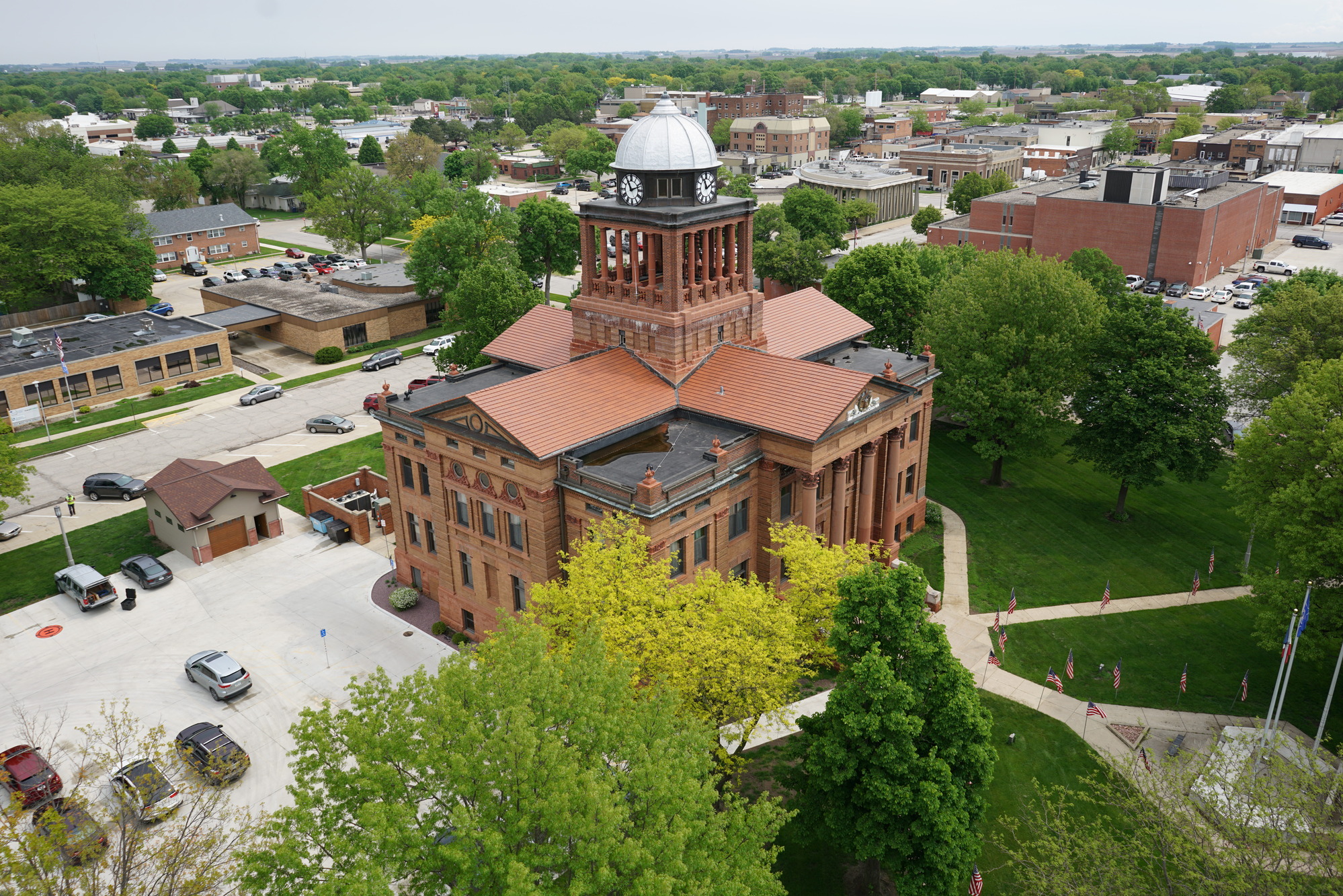Bringing Art Outside, and into the Community
By installing artwork at curbsides and intersections along integral City routes, public art is launching creativity into our neighborhood streets. Accessible and owned by all, public art provides more than mere street side aesthetics as it can help create pulse points and gathering places in targeted areas. By creating a sense of place, public art starts conversations and strengthens the urban fabric that colors community life.
Be it interactive, educational, inspirational, meaningful cultural interpretation, or simply an image of beauty, art offers a multitude of improvements to the urban environment. Because public art is free for all, publicity surrounding local exhibits can provide additional economic benefits by drawing visitors, shoppers, and/or tenants searching for a low-cost cultural experience.
We could go on quoting Van Gogh, Picasso, and Wilde on the societal value of artistic expression in a more ambiguous sense, but the fact of the matter is that businesses, cities, and organizations looking to purchase the often expensive works of art for public display want to see tangible returns on their investment. So the question remains: is public art, art for art’s sake? Or, is there a greater value for the communities they adorn?
Community Attachment Linked to Economic Development
Recent research shows that public art is much more than just urban lipstick. A Gallup study by the Knight Foundation called The Soul of the Community (SOTC) found a connection between community attachment and economic growth, indicating that cities with the highest levels of attachment had the strongest rate of Gross Domestic Product (GDP) growth.
Social offerings, openness, and aesthetics (such as walking art tours, outdoor theatres, and social community events) are most related to community attachment in all of the twenty-six communities that were studied.
Based on the results, it is likely that residents who have a sense of attachment are more inclined to actively contribute to the community’s growth and success. To create these places of significance, many cities are building partnerships with local businesses to include public art programs that bring, among other benefits, economic opportunities. Where can you look to see public art in action? Mankato, Minnesota is a prime example.
Downtown Maverick of Economic Growth + Cultural Synergy
In spring of 2016, downtown Mankato businesses took the bull by the horns (literally) and installed a unique piece of permanent art. The sculpture, “Tractor Bull”, was mounted on the 500 Block of Front Street. Showcasing the City’s Minnesota State University, Mankato (MSU,M) Maverick mascot, the iconic artwork was inspired by local business owner’s efforts to make a permanent contribution to the community’s public art collection that reflected the important relationship between the City’s dynamic cultural influences.
Not to be outdone, “Tractor Bull” is one of many sculptures scattered throughout downtown. Since 2011, Mankato’s City Art Walking Sculpture Tour has brought new art to public spaces along sidewalks, city streets, and busy intersections. Each year, an online voting system for the People’s Choice Award for the Art Walk gathers information that is also used to strategically assess tourism and economic trends as a means of capitalizing on the benefits the tour presents. In addition to southern Minnesota area respondents, people from twenty-one states were represented as visiting the tour, showing the draw and impact it provides.
Noelle Lawton, Twin Rivers Council for the Arts Executive Director, reinforces that these programs are fulfilling several goals laid out in the Envision 2020 and City Center Renaissance Plans, and that the economic benefits are tremendous. In response to the ideas and conversations the tour has generated, support for a new flood-wall mural along the City’s Minnesota riverbed successfully led to the project’s realization. Now a scenic, one-of-a-kind expression of the community’s namesake bridges the gap between the City’s busiest corridor, Riverfront, and the river’s edge.
“Now that the sculpture tour is established, people are excited about what is possible,” says Lawton.
Like any other craft, public art is strategic and requires urban planning industry expertise and experience to implement successfully in each unique community. Nevertheless, if we’ve learned anything about art from the great artists of the past, it’s that the possibilities for creativity and growth are endless. And that’s no bull.

Join the conversation #UrbanArt #ISGCivicandCulture #SOTC
Photos courtesy of Twin Rivers Council for the Arts
Photo source: http://www.knightfoundation.org/sotc/
Related Articles

.webp)
Navigating the MS4 Permit Program: How ISG Supports Communities Every Step of the Way
The management of stormwater runoff is a pressing concern for cities across the nation, and the Municipal Separate Storm Sewer System (MS4) permit program is a critical framework designed to protect water quality and our natural resources.


Optimize Maintenance + Reveal Opportunities with Facilities Assessments
The Clay County Board of Supervisors (County) knew they needed to address facility repairs in their Administration Building, Courthouse, and General Services Center. While maintaining public buildings does not generate excitement, County leaders recognized that deferring upkeep of public facilities can cost more in the long run if left unaddressed and may result in limiting other more impactful projects.

Creating Flood-Resilient Communities: A Case Study in Floodplain Management
In the land of 10,000 lakes, Minnesotans love to live near and play in our abundant water systems. But the effects of population growth, land use development, and climate change pose challenges within floodplain areas, contributing to persistent flooding issues.


Why a Phase 1 Environmental Site Assessment is Critical to Project Success
In the world of real estate development and land acquisition, the road to success is paved with thorough planning and attention to detail. One often overlooked but crucial step in the due diligence process is the Phase 1 Environmental Site Assessment (ESA). Before a client begins any project, ISG often conducts a Phase 1 ESA to identify any recognized environmental conditions (RECs) that could impact the property's value or pose potential risks to public health and the environment. The result of the assessment influences the project’s direction and success long-term.


.svg)




